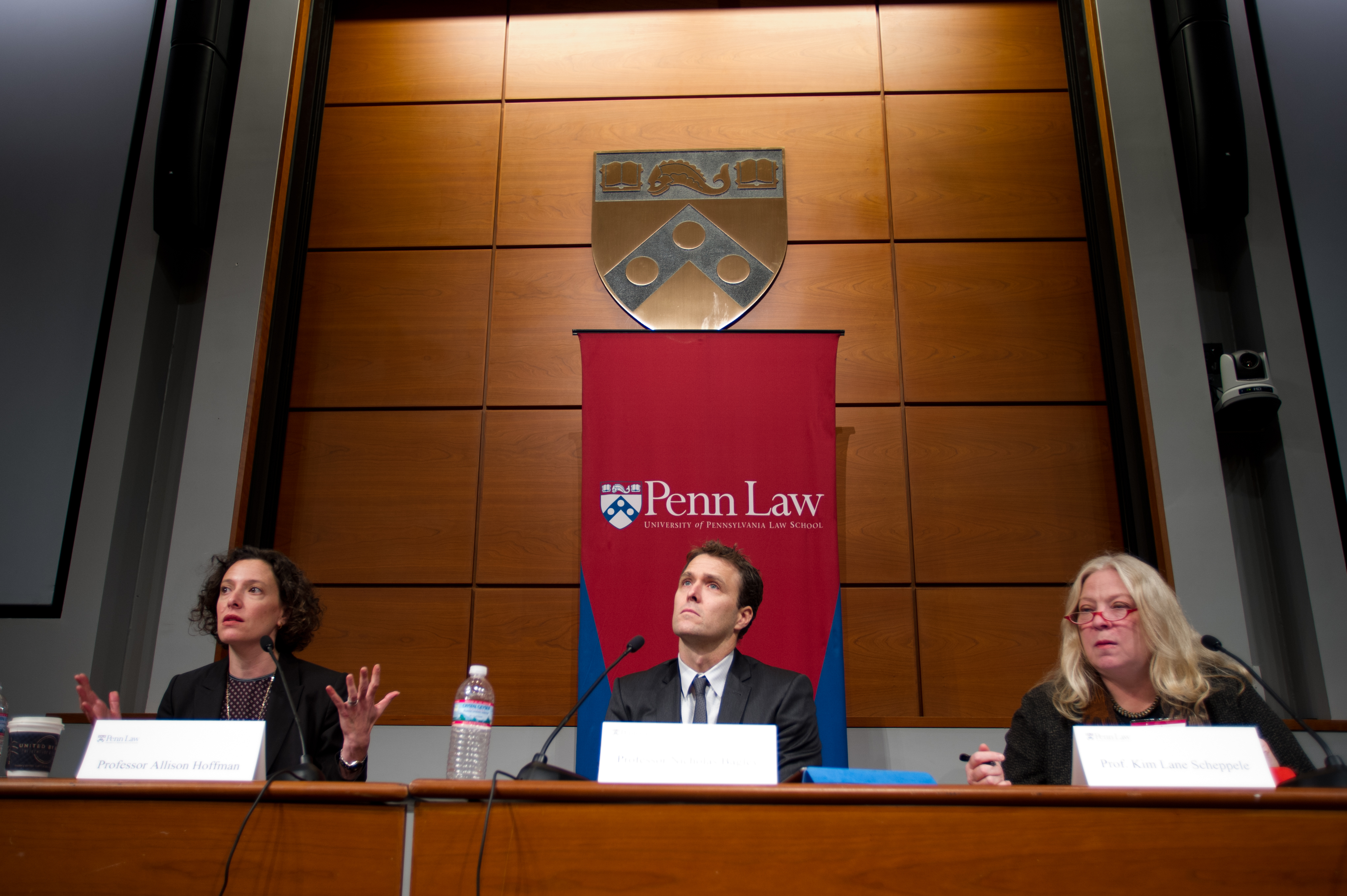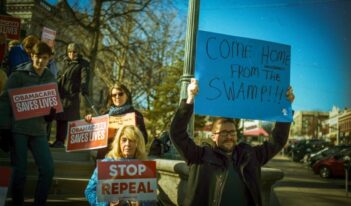
Nicholas Bagley analyzes expanding executive power in the name of health care reform.
When political gridlock prevents Congress and the president from working together, how much power should the president have to implement the law? In a presentation at the University of Pennsylvania Law Review’s recent Symposium, Nicholas Bagley examined this question by focusing on the Obama Administration’s implementation of the Affordable Care Act (ACA).
Bagley, a law professor at the University of Michigan, said he has sympathy for the Obama Administration’s frustration with the stalemate in Congress – a stalemate that prevents even minor corrective amendments to the ACA. But he also argued that in a few cases the Obama Administration stretched, and perhaps overstepped, the legal limits of its executive authority in implementing the ACA. He also said he worries about the long-term consequences from allowing this expansion of executive power to go uncriticized.
To illustrate his claims of improper exercise of executive power, Bagley focused first on the administration’s treatment of statutorily mandated ACA deadlines. The ACA required employers to offer health care to their employees by January 1, 2014. However, instead of enforcing this deadline, the administration ignored the statute and extended it by a year.
Bagley hypothesized that this delay was not based on limited administrative resources, but rather was a move to appease powerful interests. Bagley argued that the administration’s decision to ignore this deadline sets a dangerous precedent and that public and legal acceptance of such executive action could in the future render statutory deadlines ineffective.
Bagley next turned to the funding of the ACA’s cost-sharing subsidy. In the text of the ACA, Congress promises federal money to subsidize insurers who provide discounted services to low-income people. Despite the statute, Congress refused to appropriate these funds. Receiving no support from Congress, the Obama Administration stopped asking Congress for funding and instead decided that a longstanding appropriations law already designated money for the new cost-sharing subsidy. Although these subsidies allowed the ACA to function, Bagley worried about the precedent established by an administration that stretches the law in order to circumvent an uncooperative Congress.
Commenting on the presentation, Allison Hoffman, a law professor at the UCLA School of Law, pushed Bagley to rethink whether a “grey area” exists where the administration’s actions, though not doctrinally sound, are justified because they further the intent of the ACA.
In response to Bagley’s examples, Hoffman offered a different lens through which to analyze the ACA’s implementation. She suggested that although some executive actions by the Obama Administration may, on their face, stretch the bounds of executive authority, they have been taken to further the ACA’s goals. In other words, in order to make one law work, the administration had to push up against the boundaries of another area of law.
Hoffman used Bagley’s cost-sharing subsidy example to illustrate this alternative view. Congress, she said, intended to fund the cost-sharing provision in the text of the ACA; the Obama Administration simply made sure this integral section of the law was enacted. The President’s actions were, she suggested, consistent with the intent of the ACA, which might be different than a situation in which a president stretches the boundaries of executive authority in order to act contrary to Congress’s earlier blueprint.
In response, Bagley wondered if this view simply opens the door for a president to mold the intent of the law to support his administration’s position.
Bagley concluded that despite his two examples, the Obama Administration has otherwise mostly acted legally when implementing the ACA. He acknowledged that whether legal scholars and the public should be troubled by how the ACA has been implemented remains an open question. Ultimately, he suggested that executive authority is difficult to curtail, and only time will tell if future generations will face negative consequences from the way the Obama Administration has used executive power to at times stretch the ACA.
This essay is part of The Regulatory Review’s ten-part series, The Bounds of Executive Discretion in the Regulatory State.
The recent Symposium was co-sponsored by the Penn Program on Regulation (PPR) and organized by Penn Law professors Cary Coglianese, director of PPR, and Christopher Yoo.



